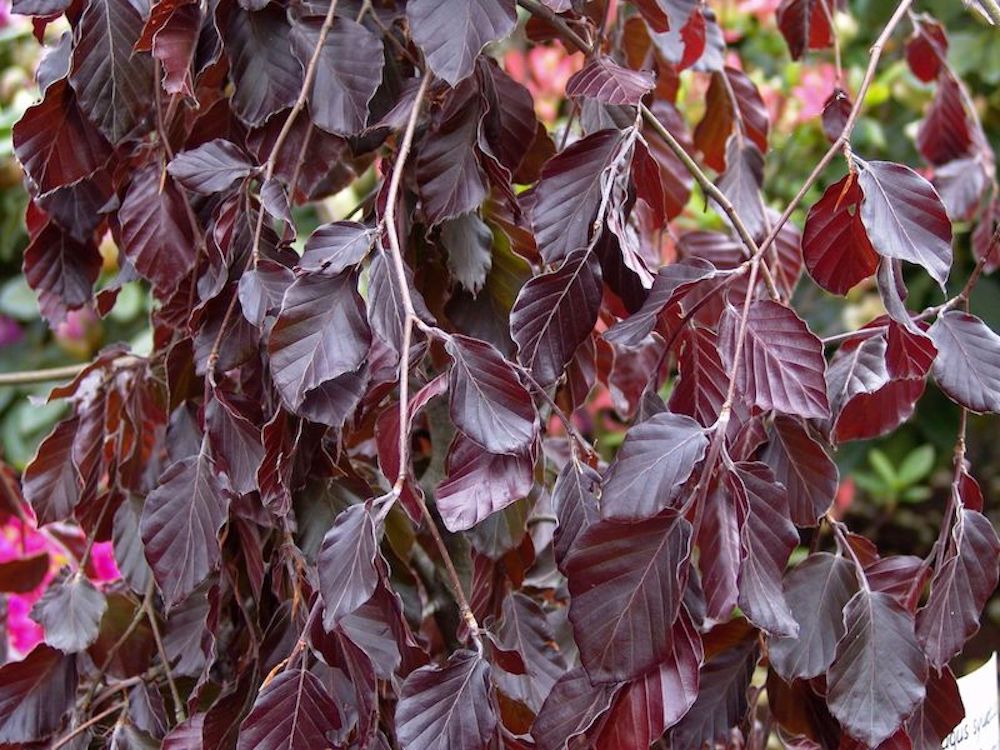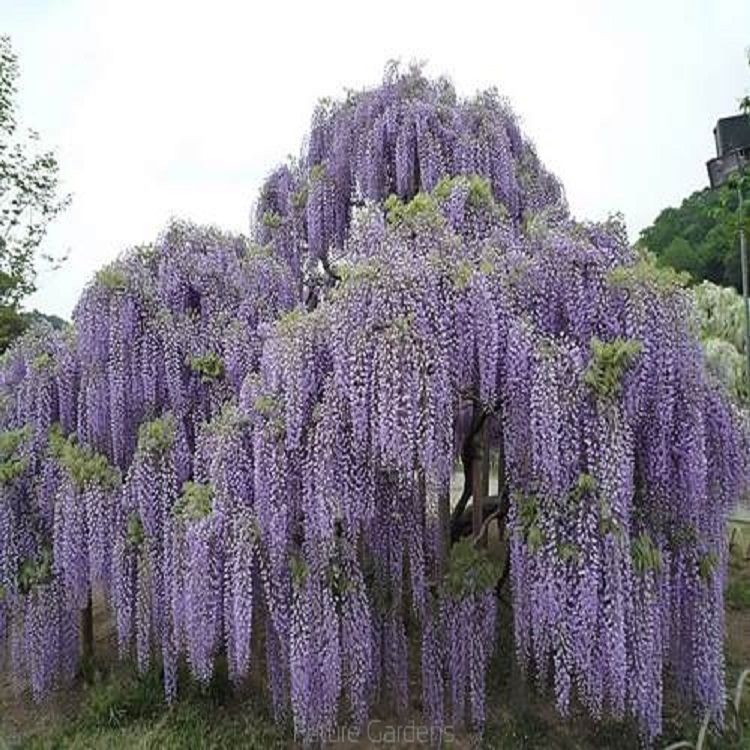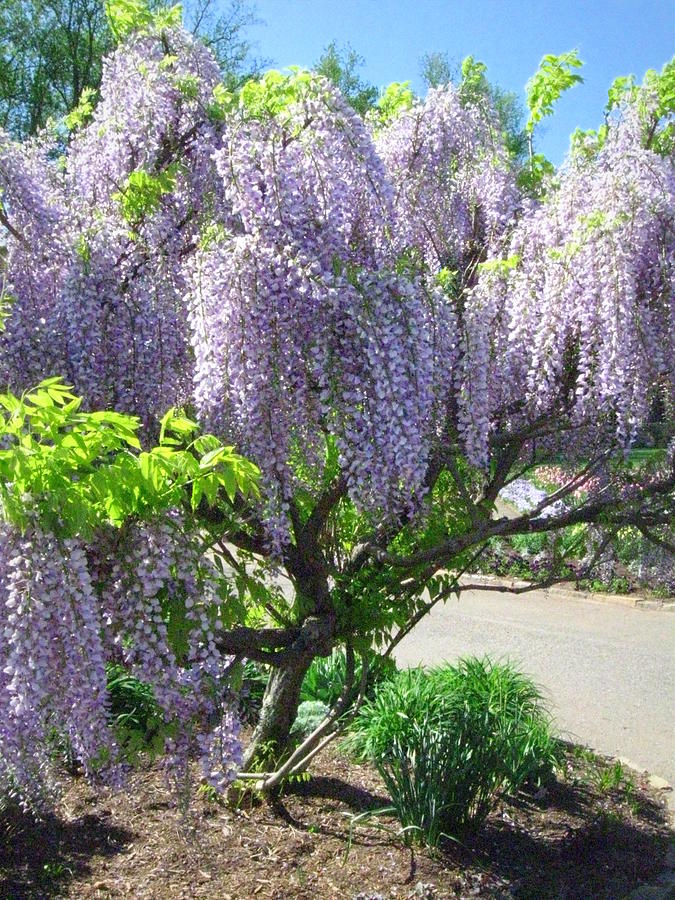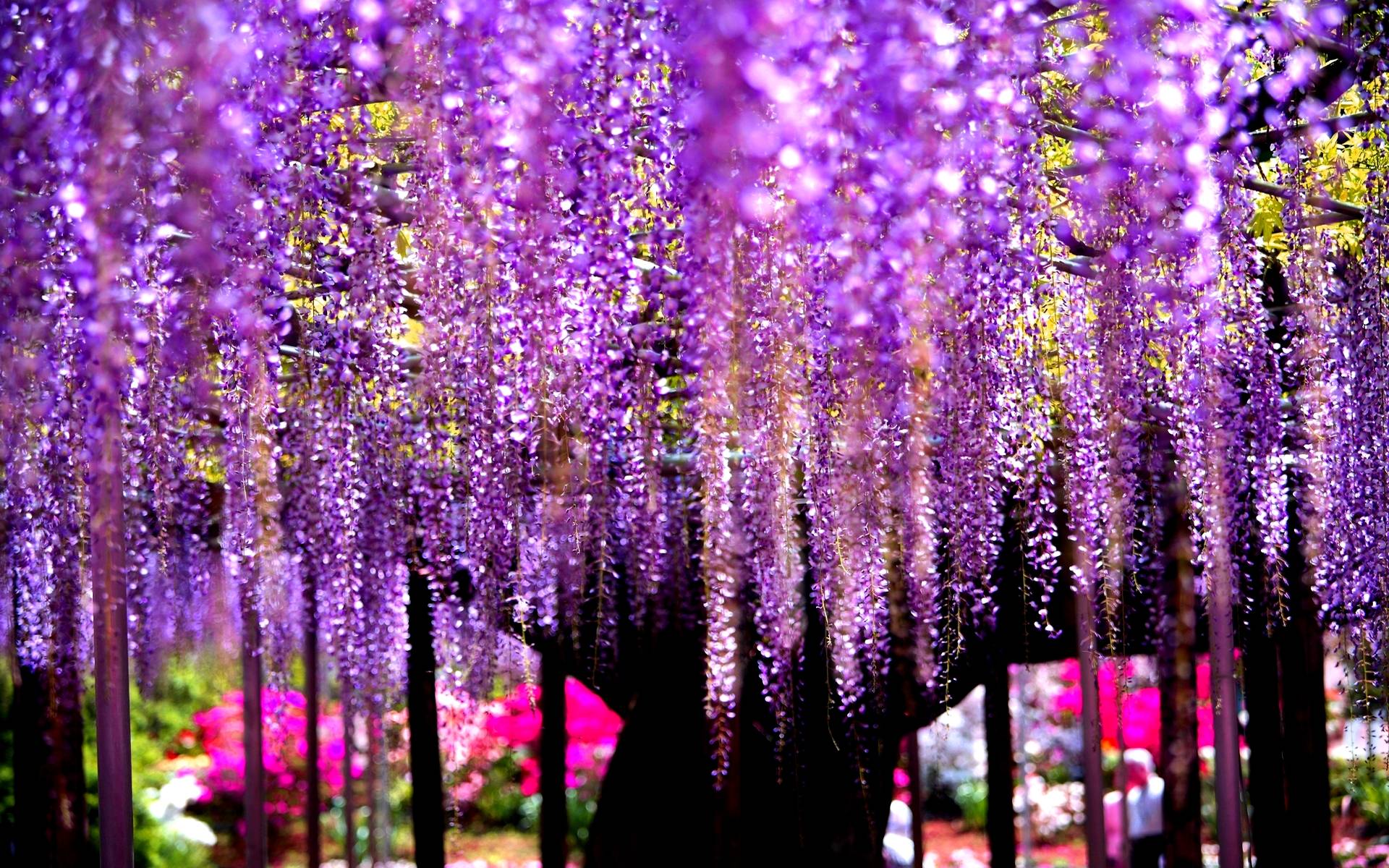Black Swan Deep Purple Weeping Beech Tree Tree with purple leaves

***Weeping cherry tree in full bloom (Japan) by Ryusuke Komori on 500px
FeaturesA unique combination of color and form, sure to make this tree the center of attention. Deep purple foliage covers a cascade of "weeping" branches. The narrow, columnar form creates a sculptural effect in the landscape. A slow grower perfect for small space gardens!UsesProvides instant form and structure to the landscape. Ideal for small-space gardens! Wonderful for mixed borders.

Buy Purple Fountain Weeping Purple Beech tree online FREE UK DELIVERY
Rich, dark purple foliage in a cascading silhouette defines the Purple Fountain Weeping Beech, creating an eye-catching focal point that sets your landscape apart. Living up to its name, this tree delivers unmatched color in a natural weeping form. A strong, durable upright form and slow growth habit mean you won't have to prune this tree to.

Fagus sylvatica ' Purple Fountain ' Weeping Purple Beech Tree Kigi
Broken Dead Trees and Missing Plants. November 5, 2021 by Broken (United States) "The purple fountain beech trees we ordered arrived with the tops and branches broken off. Two of them are completely dead, dry as a bone with no living tissue. Also there were supposed to be three boxes in the shipment also including 3 orange rocket barberry.

PlantingTree Gardening Blog — Page 3 —
Specific epithet means growing in woods or forest-loving. 'Purpurea Pendula' is a shrubby, weeping, purple-leaved form with a mushroom shape. It has no central leader. After the first 15 years, plants are typically 6' tall. Mature plants rarely exceed 10' in height. Leaves (to 4" long) with prominent parallel veins emerge purple but.

17 Best images about Wisteria tree on Pinterest Gardens, Wisteria and
The Ruby Falls cultivar of the Eastern Redbud tree is a compact weeping tree with rich burgundy heart-shaped foliage that turns yellow in the fall before dropping its leaves for winter. It explodes with a stunning canopy of showy purple-red flowers in the early spring and looks beautiful in a zen or woodland garden.

The Weeping Purple Beech (Fagus sylvatica ‘Purpurea Pendula’) Garden
Trees 10' to 20' Tall; Purple Fountain Weeping Beech (Fagus) - 3 Gallon Pot; Recipient of the prestigious Award of Garden Merit by the Royal Horticultural Society, the Purple Fountain Weeping Beech is an absolutely beautiful slender form with gracefully weeping branches clothed in handsome dark foliage. The leaves emerge a deep purple to purple.

Tree Weeping Flower Giant 15 Purple Willow Seeds Full Landscape Garded
The Purple Fountain weeping beech tree is most likely one of the arresting and eye-catching trees you've ever seen. This unusual cultivar lives up to its name: the leaves are an attractive shade of purple-red, which is most noticeable in spring and early summer. The tree's silhouette, meanwhile, is a dramatically weeping columnar shape, taller.

Purple Weeping Willow Photograph by Wanderbird Photographi LLC Fine
Fagus sylvatica 'Purple Fountain'. FAY-gus sil-VAT-ih-kah. 'Purple Fountain' is a deciduous, columnar, dark-leaved tree with bronze-purple, wavy margined leaves and cascading branches. Leaves become more green as summer wears on. It can be used as a specimen tree or for pleaching. It is similar to the purple weeping beech but is much.

Pin by Becky on Backyard Trees for front yard, Dwarf trees, Weeping trees
This tree screams specimen plant . It works great in an island bed or near the corner of a house. It is very upright and narrow growing, with cascading branches and deep purple foliage. It's a tree whose leader grows straight up and all the other branches hang down. Purple Fountain Weeping Beech Spring of 2015.

Ruby Falls Weeping Redbud Tree Redbud tree, Eastern redbud, Weeping trees
Rich purple, glossy, rounded leaves cloak the cascading branches of this fine specimen tree. Creates a handsome, narrow silhouette with it's strong upright form, and because it is much slower growing than a typical beech, it needs no pruning to maintain its graceful shape. Deciduous. Once established water deeply occasionally.

Weeping Redbud in bloom! Garden shrubs, Garden shrubs evergreen
Weeping Copper Beech is a slow growing, deciduous weeping beech tree with a mushroom shaped head and purple foliage. The leaves are a shiny dark red-purple that appear in spring and eventually turning coppery in autumn. This beautiful weeping specimen tree is also named Weeping purple beech and will look stunning in any size garden.

Lavender Twist Weeping Redbud Small ornamental trees, Ornamental
Weeping Mulberry ( Morus alba 'Chaparral') 'Chaparral' cultivar is a type of dwarf weeping mulberry. Also called the white mulberry, the 'Chaparral' cultivar is a dwarf tree with arching weeping branches that grows to about 6 ft. (1.8 m) tall. This is an easy-to-grow small bush-like tree with short stature.

Fagus sylvatica ' Purpurea Pendula ' Weeping Purple Beech Tree Kigi
Pink and purple flowering weeping trees are among the best flowering weeping trees you can find, but white blossoms are also beautiful. You'll find lots of frilly white flowers on spring-blooming cherry trees, like Snow Fountains weeping cherry (Prunus 'Snofozam') with its graceful cascading branches. The tree also features an autumn display.

Fagus sylvatica ' Purple Fountain ' Weeping Purple Beech Tree Kigi
For best results, make sure the trees are planted within at least 100 feet of each other. Bees will have an easier time the closer they are, especially with dwarf weeping varieties. Common weeping cultivars include 'Louisa, 'Luwick,' 'Molazam,' 'Red Jade,' 'Red Swan,' 'Royal Fountain,' and 'Weepcanzam'.

Purple Tree Wallpapers Wallpaper Cave
The tree produces small purple-pink blooms in the springtime, with heart-shaped leaves. The weeping redbud will thrive in either partial or full-sun growing conditions, as with many other weeping tree varieties. Weeping Redbud Tree. These plants are also one of the few species suitable for growing in colder climates.

Redbud, weeping covey Florida trees, Landscaping trees, Garden shrubs
Soak the media in water and allow excess water to drain out. Cut a three- to six-inch section off the tip of a branch from the weeping cherry tree, 1/8-in. below the spot where a leaf meets the stem (a.k.a. leaf node). Pull off the lower leaves to expose the nodes. Apply rooting hormone to the cut end and leaf nodes.